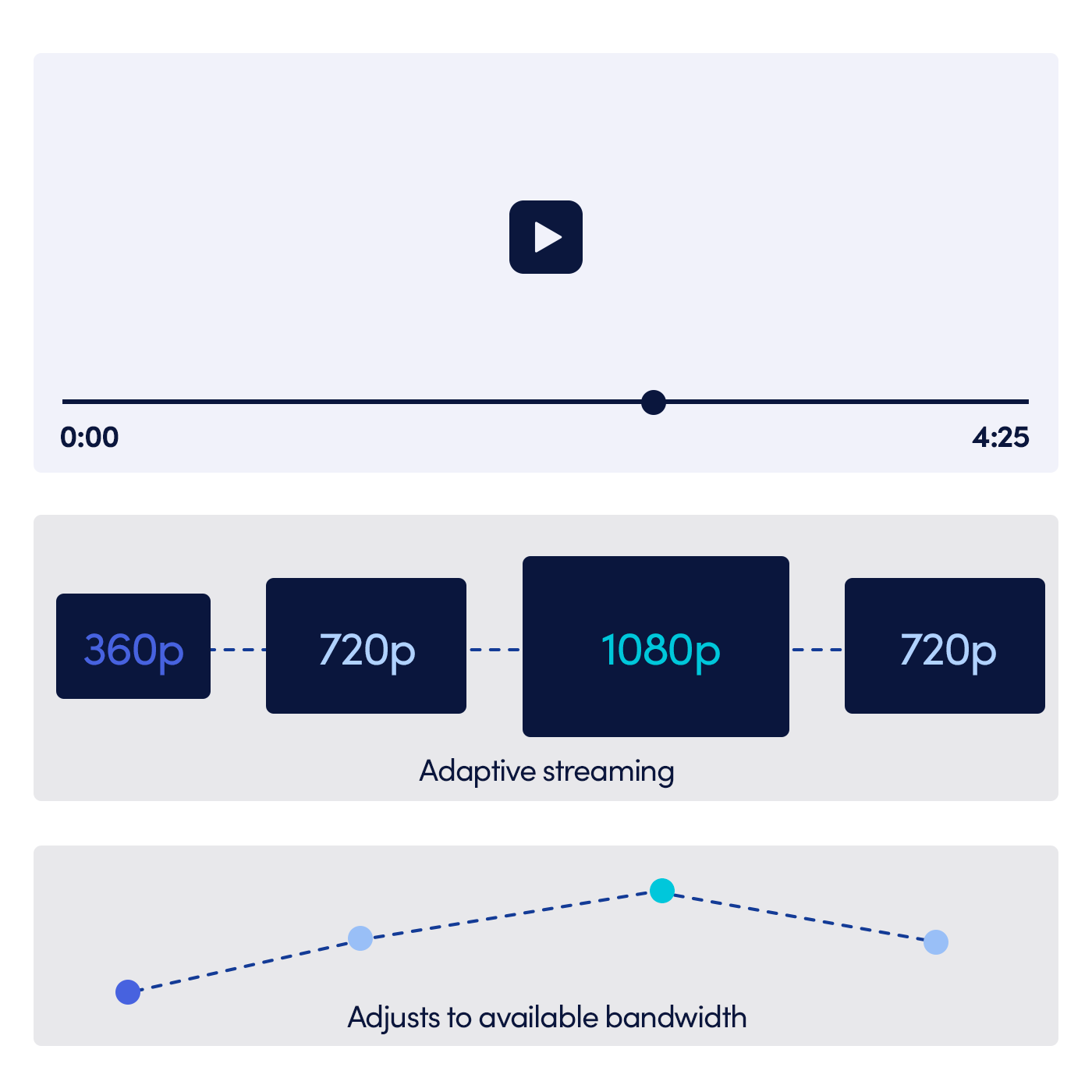There’s a human story behind every line written, every challenge conquered, and every solution deployed. As developers, we’re often deep in the technical details, occasionally missing out on the compelling narratives our endeavors weave. Video storytelling is a potent medium, linking the tech-savvy minds to the heartbeats that drive technological advances. So, how do we craft these engaging tales? And how does Cloudinary help?
A video is a narrative tool crafted with intent. Video is a marketing strategy that tells a story about a brand, product, or service. Instead of a direct sales pitch, it focuses on viewers’ emotions, making them more receptive to the message.
Why is this method so loved by both marketers and viewers? It boils down to emotions. The power of storytelling in video form is undeniable. It taps into human feelings and experiences, making the content more relatable and engaging. Video storytelling can amplify brand awareness and etch your brand into viewers’ memories, fostering a more profound connection.
When you strip it down, the basics of video storytelling revolve around a narrative structure. You have the start, the buildup, the climax, and the resolution. Within this structure are key elements: conflict, characters, climax, themes, and especially emotional stories. These elements grip your audience and keep them hooked until the end.
For developers, think of it as constructing a piece of software. You need a foundation (the story), functional components (the key elements like conflict and climax), and a user-friendly interface (the emotions and relatability). When combined in the right way, you get a product that functions and resonates with the end-users.
However, it’s vital to remember that video storytelling isn’t merely about merging clips together. It’s more art than science. It’s about understanding pacing, rhythm, and the visual cues that speak volumes.
Crafting a storytelling video isn’t as daunting as it might seem. To begin with:
- Identify your goals and target audience. Like any project, know what you want to achieve. Who are you speaking to? What’s the message? Answering these helps tailor your story.
- Pick a video style. Animation? Live-action? A mix? The style should reflect the story’s tone and the brand.
- Create memorable characters. Your characters are the story’s heart. Make sure they’re relatable and well-developed.
- Create a storyboard. Visualize the narrative. Map out each scene, ensuring a coherent flow.
- Write a strong script. This is your story’s backbone. Ensure it’s clear, direct, and free of jargon.
- Record your voiceover. This brings your story to life, adding depth and emotion.
With these steps, you’re on your way to creating a compelling storytelling video that can captivate and convert.
Video storytelling is much like painting a picture, but you use different cinematic techniques instead of brushes and paints. Let’s look at some of the most effective ones:
- Close-ups and cutaways. These can convey emotions and details that might be missed in a wide shot. Tears rolling down a cheek or a hand’s tremor can communicate volumes.
- Transitions. Smooth transitions between scenes keep your narrative flowing and maintain the viewer’s engagement. Hard cuts might be jarring, but a well-placed dissolve or a fade can guide the audience through your story.
- Color grading. Colors set the mood. A warmer palette might convey happiness or nostalgia, while cooler tones suggest sadness or tension. By manipulating colors, you can subtly guide the viewer’s emotional response.
- Sound design. Background sounds, ambient noise, and sound effects breathe life into your visuals. The rustling of leaves or distant laughter can immerse viewers, making them feel a part of the scene.
Even with the right techniques, crafting an impactful video story requires some finesse. Here are some essential tips to keep in mind:
- Less is more. Keep it concise. A shorter, well-crafted video often leaves a more lasting impact than a lengthy, meandering one.
- Engage from the get-go. Grab your viewer’s attention from the first second. A compelling opening scene or statement can ensure they stick around for the rest.
- Maintain authenticity. Today’s audiences are savvy. They can spot inauthentic content from a mile away. Stay true to your brand and message.
- Prioritize audio. Viewers might forgive slightly off visuals, but poor audio quality can be a dealbreaker. Invest in good sound equipment or services.

Developers looking to apply video storytelling into their platforms or apps will find Cloudinary’s toolset to be particularly powerful. What makes Cloudinary stand out? It acts as a central hub for all your video assets, simplifying access, organization, and distribution. This lets you zero in on the core of storytelling.
Additionally, Cloudinary acknowledges that different viewers have varying needs, so it automatically transcodes videos to ensure smooth playback on any device and at any bandwidth. Slow videos often deter viewers, but with Cloudinary, swift loading is guaranteed without compromising video quality. If there’s a need to modify videos — be it cropping, scaling, or adding effects — Cloudinary’s dynamic capabilities allow you to make real-time adjustments to align with your story’s narrative. Integrating Cloudinary ensures not only a great viewer experience but also saves time and resources, letting you concentrate on sculpting the perfect narrative. Contact us for a personalized demo today.
